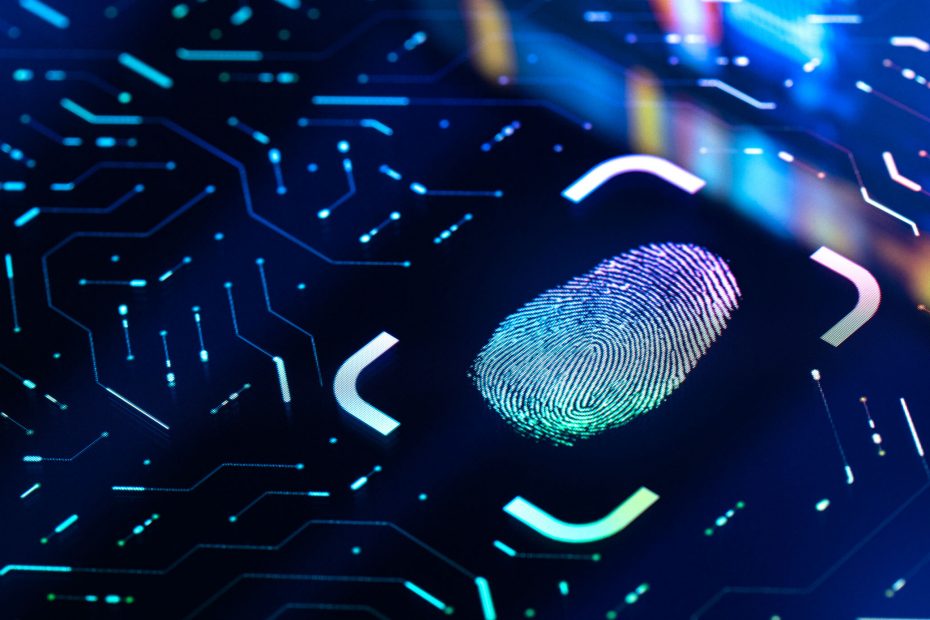Data exfiltration and data loss are becoming more and more common threatening businesses of all sizes and industries. Cyberthreats can be in the form of ransomware that has the potential to cripple a business. The actors behind these attacks can be determined individuals, organized cybercrime gangs, and ill-meaning nation-states. Furthermore, these attacks can sometimes be so big and insidious that they go beyond affecting only the victim that was initially targeted. They can destroy supply chains by aiming and disrupting weak links within the process of a business. Carefully choosing a network monitoring vendor is also vital as their software can be the target of such attacks affecting all the organizations that utilize it. This can wreak havoc within the consumer businesses as such software usually require high access privileges to run. For these security reasons and many more, designing secure authentication and identity management holds high value for all businesses.
It stands true that no single solution can hold the key to mitigating all kinds of cyberattacks. But, a solution that is in-depth and a defense that is multi-faceted can serve as a strong threshold against such threats and attacks. A strong identity management solution acts as the first security layer in that strategy for providing authorization and authentication. In this article, we will take a look at the design for advanced solutions pertaining to identity management along with multi-factor and secure authentication. We will also learn about conditional and just-in-time access and see how the integration of several different kinds of off-the-shelf, custom applications and these solutions is possible.
What is Identity Management?
Identity management started during the sixteenth century when governments around the world started issuing birth certificates to their citizens. As computers started surfacing, they gave to the creation of passwords and usernames. However, large distributed systems could not adopt that solution. The passwords and usernames slowly turned into systems of identity federation, such as the active directory of Microsoft, which enables users to build a circle of trust involving several systems that they can log into. They can also avail authentication monitoring as well as management that is centralized. This allows applications, services, and users to have identities. When it comes to modern solutions for identity and access management (IAM), a major and crucial part of the security model is application identity.
Unlock the future of intelligent applications with our cutting-edge Generative AI integration services!
LDAP or lightweight directory access protocol underpins identity management solutions and legacy systems, such as the Active Directory for the storage of data. Kerberos serves as the network authentication protocol, but it also has a catch. The HTTP functionality of Kerberos is limited as it does not allow the modernization of authentication systems with the use of OAuth, WS-Federation, SAML, and other such protocols. These protocols seek reliance on claims that are based on tokens and look to move away from the classic password and username methodology.
The user can still perform authentication through password and username, but they are also provided with a token that holds specific information pertaining to the resources that they have access to. For extra security control, the tokens are subject to expiration and revocation and contain additional metadata for conditional access and other security methods. Okta and Azure Active Directory are a few other components of modern identity access and management systems. They enable users to perform authentication for access to their own corporate identities and other SaaS offerings by authenticating beyond their circle of trust.
What this means is that users are able to authenticate through their corporate identity instead of a password and username to use different applications, like DocuSign and Salesforce. This provides enhanced security along with better management capabilities for the applications.
Multi-Factor Authentication
MFA or multi-factor authentication is another crucial aspect when it comes to modern security. Multi-factor authentication requires a password and username from the user in addition to performing authentication on another device. It can be done through an application on a phone, a physical key, email, or even a text message. Authentication applications are the safest of them all due to their higher security features as compared to an email or phone number. In some cases, multi-factor authentication can also require a PIN along with the password or facial recognition or a fingerprint as its final step.
Not all users like multi-factor authentication due to its time-consuming processes. However, simply logging in cannot provide them with the additional and strong security that this process does. Another concern is that multi-factor authentication is a modern authentication tool and may not support legacy applications. Client access can be a challenge, especially in the case of legacy applications. Additionally, if you cannot modify the drivers of the client due to not having access to the source code, the issue can be a real one. You should know how your stack pertaining to authentication integrates with the provider of your authentication in the case you are building a new app or if you own the source code for an app that is already there.
Just-in-Time Access Controls and Privileged Identity Management
Administrative accounts are most vulnerable to the removal of audit logs as well as exfiltration and deletion of data and therefore are the biggest risk to the systems within an organization. Administrative credentials are always sought after by attackers looking to inflict damage. But after all, the administrators really are needed if organizations are to keep their lights on.
You can have an administrative account that is dedicated to tasks related to systems management and another for other simple tasks. Two different sets of credentials for administrators is a technique that is commonly used as it disallows administrators to normally log in with administrator privileges that can significantly reduce the attack footprint. It also allows you to sharpen the focus on administrative accounts, making performing audits of administrative activity easier.
Small Disadvantaged Business
Small Disadvantaged Business (SDB) provides access to specialized skills and capabilities contributing to improved competitiveness and efficiency.
Conclusion to Designing Secure Authentication and Identity Management
Most of the organizations are daunted by the modern security threat landscape. Protection against cybercriminals can be enhanced by implementing multi-factor secure authentication within the organization. However, to render your business as safe as it can be, you need to implement controls that are more complex. These include privileged identity management and conditional access.
Contact us for solutions to designing Secure Authentication and Identity Management. Further blogs within this Designing Secure Authentication and Identity Management category.






